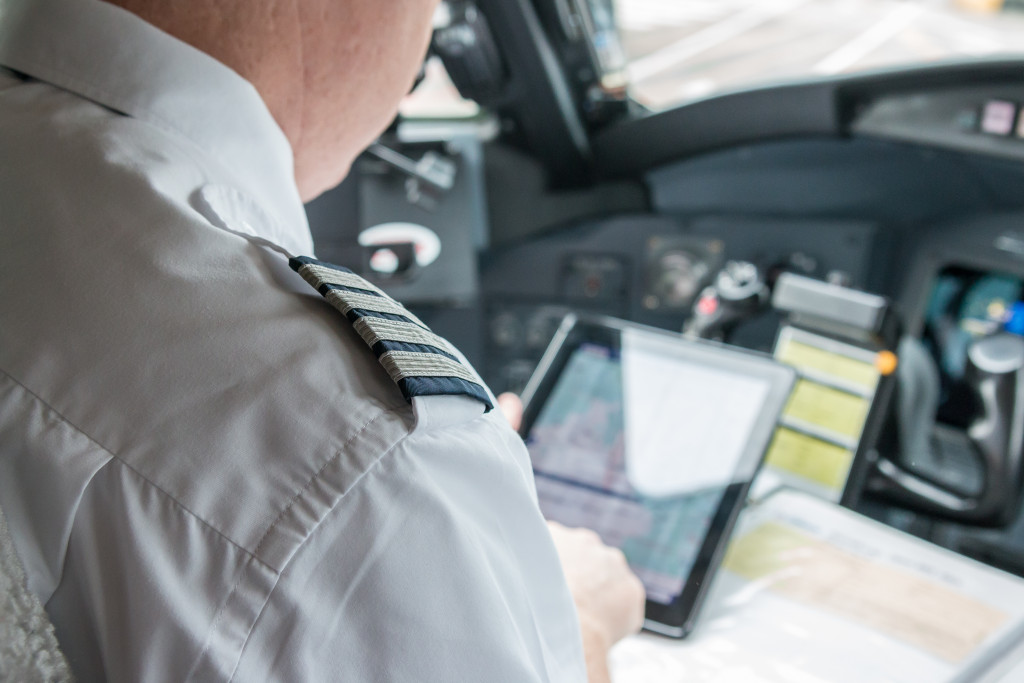Aviation in the United States has a long and distinguished history. It is one of the most important aspects of the economy and society. The aviation sector employs millions of people and supports tens of thousands of businesses. The industry is also responsible for transporting millions of passengers and billions of pounds of cargo each year.
The aviation sector in the United States is among the most complex in the world. There are more than 5,000 airports and air traffic control facilities in the country. More than 400 airlines operate at these airports, providing service to more than 2,000 destinations around the globe. The aviation sector is also a major generator of jobs and economic activity. In 2015, it supported nearly 11 million jobs and contributed more than $1 trillion to the economy.
Such an industry needs to be regulated, especially because of its size and degree of power in the country. Here’s how the United States government regulates the aviation industry.
The Federal Aviation Administration (FAA)
The Federal Aviation Administration (FAA) is the primary regulator of aviation in the United States. It establishes and enforces safety regulations for airlines, airports, and other aviation-related businesses. The FAA also manages the air traffic control system.
Congress created the FAA in 1958 to replace a patchwork of ineffective and uncoordinated federal, state, and local agencies that regulated aviation at the time. The agency’s first task was to develop a single set of regulations governing all aspects of aviation. This was a daunting task, given the complexity of the aviation sector. The FAA succeeded in creating a comprehensive set of regulations, which it has updated over the years to reflect the changing nature of aviation.
The FAA is a civilian agency, which means that it is controlled by civilians rather than the military. It is part of the Department of Transportation and reports to the Secretary of Transportation. The President appoints the Administrator of the FAA, who serves as the agency’s chief executive officer.
The National Aviation Safety Board (NTSB)
The National Aviation Safety Board (NTSB) is an independent agency that investigates aviation accidents and makes safety recommendations. The NTSB was created in 1967 in response to a series of fatal airline accidents.
The NTSB is a civilian agency that reports to Congress. The President appoints the five members of the Board, who serve staggered six-year terms. The Board meets twice a week to consider accident investigations and safety recommendations.
The Federal Aviation Administration (FAA) and the National Aviation Safety Board (NTSB) are the two primary regulators of aviation in the United States. The FAA is responsible for establishing and enforcing safety regulations, while the NTSB investigates aviation accidents and makes safety recommendations. These two agencies work together to ensure that aviation in the United States is safe and efficient.
Pilot Exams

In order to become a pilot in the United States, you must pass a series of exams administered by the Federal Aviation Administration (FAA). The exams cover a wide range of topics, from aircraft systems to air traffic control procedures.
The most important exam is the Pilot’s Knowledge Test. This test is required for all pilots, regardless of their level of experience. It consists of 100 questions and must be passed with a score of 70% or higher.
Other exams include the Flight Engineer Oral Exam, the Air Traffic Controller Oral Exam, and the Aircraft Dispatcher Written Exam. Pilots must pass these exams before they can be hired by an airline or work as flight engineers, air traffic controllers, or aircraft dispatchers. Before anything else, pilots must also take essential flying lessons to be accredited to their experience. Pilots who have credited enough are more likely to be hired by commercial airliners.
No-Fly Zones
In addition to regulating the aviation sector, the government also uses aviation to achieve national security objectives. One example is the no-fly zone.
A no-fly zone is an area in which aircraft are prohibited from flying. The United States has several no-fly zones, including one around Washington, D.C., and another around Las Vegas.
The purpose of a no-fly zone is to prevent unauthorized aircraft from entering or flying over a certain area. The government can establish a no-fly zone by issuing an order called a Presidential Proclamation. The order may be issued for national security reasons, such as preventing a terrorist attack, or for civil enforcement purposes, such as preventing illegal immigration.
The Federal Aviation Administration (FAA) is responsible for enforcing no-fly zones. Pilots who violate a no-fly zone can be fined or arrested. A recent controversy regarding no-fly zones occurred in February 2017, when the Trump administration blocked Syrian refugees from entering the United States. Some people criticized the decision, saying that it prevented innocent people from escaping violence and persecution.
Aviation is a vital part of the United States economy and plays a crucial role in our national security. The government has a responsibility to ensure that aviation is safe and efficient. This is why the Federal Aviation Administration (FAA) and the National Aviation Safety Board (NTSB) play a critical role in regulating aviation. These agencies work together to ensure that all aspects of aviation are safe for passengers and crew members.

